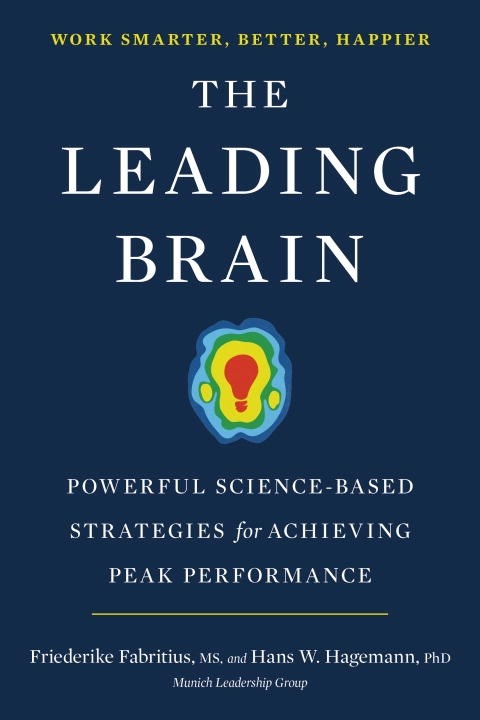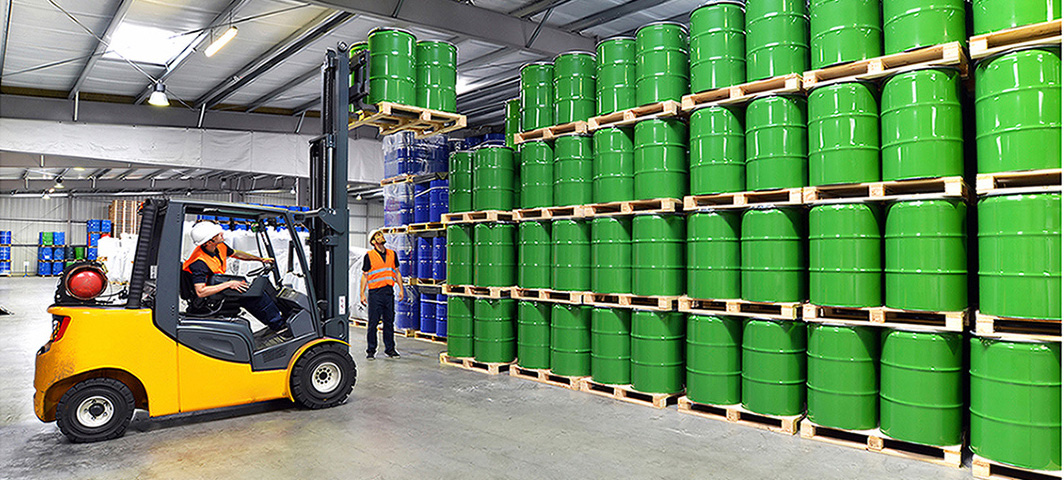Whatever we do, we use our brain. Whether for activities of daily life or professional, every gesture or thought goes through our gray cells. I share two articles to better understand the two ways our brain works and help you to perform in all situations.

In this first article, I explain how to stimulate your prefrontal cortex. These concepts are detailed in Friederike Fabritius’s The leading brain.

In a second post, you will learn how to take advantage of the “muscle memory”. Located in your base ganglia, it is the Japanese concept of mi ni tsukeru.
The two ways in which humans think and act
Without going into technical details, the brain is divided into several parts. The prefrontal cortex is the seat of complex decisions, creativity and invention. On the other hand, the basal ganglia governs our routines.
Thus, when learning to drive a car, the prefrontal cortex receives all the information, analyzes it and decides the actions. Over time, our mastery increases, and it is the basal ganglia that takes over.
If you happen to get somewhere without remembering being on the road, it is because your prefrontal cortex was busy with something else, while the basal ganglia was driving you to your destination. As long as there is no emergency (pedestrian crossing in front of the car), it does the job perfectly.
Have a good level of stress
One of the most influential factors in our functioning is stress. We came out of the caves not so long ago and our brain is not yet fully adapted to our new reality.
When there is no stress, the prefrontal cortex does not work. It’s Sunday afternoon, it’s raining, you don’t have to do anything. Your prefrontal cortex “sleeps.” You’re hungry and the refrigerator is empty. So he “wakes up” and finds “innovative” solutions.
However, too much stress prevents it from functioning. If you are facing a bear, this is not the time to find the best solutions, to evaluate different possibilities, to combine several options to find an optimal one. You need to act now.
To be successful, you have to live a little fear! It will generate a small spike in stress, which will stimulate your brain. This “little fear” can be a deadline, a difficulty you encounter or even a novelty.
In general, there should always be “little fears.” If no one is interested in what you do and how you do it, you risk falling into the “boreout“, as serious as the burn-out.

Having fun to be efficient
You’ve already experienced it: time passes faster when you’re having fun. Why? The answer is in hormones and especially that of pleasure: dopamine. This is one of the revolutions in the field of learning, both in children and in adults. You learn better and more when you have fun. This is now called “gamification”.
Generally speaking, the more tasks you do that make you happy or enjoy doing, the more efficient you will be.
When we talk about happiness at work, we often think of the environment. But to stimulate the prefrontal cortex, it is in the task that you have to find pleasure. Whether you like compiling numbers, writing programs or finding mistakes: to perform, your job must provide you with tasks that entertain you!
In general, this pleasure comes with competence and autonomy. The more you master what you do, the more fun you will have to achieve.
How do I stay focused?
In a world of continuous distraction and reduced attention span, concentration is more difficult. But it is not impossible. You can improve it with yoga or meditation. You can also “eliminate” distractions by storing your cell phone or closing your office door.
In the end, fear and fun should be enough to keep you focused. This is the famous state of flow.
If the task is interesting and challenging, there is no reason for you to be distracted. Most icebreaker and team building activities use these aspects. By offering different activities, they ensure that participants have fun, while feeling a little fear. They are thus focused in the moment and participate fully in the activity.
In conclusion, three keys to be efficient
To be creative, find new ideas or innovate,you need to stimulate your prefrontal cortex. Its performance is based on:
- a small dose of fear,
- a great dose of fun,
- focus.
It’s up to you to find these three ingredients, or give them to your team!
